What Happened Between the Old Testament and the New Testament?
Jo Acharya | November 13, 2023
This is part 1 of a short series on the Historical Context of the Gospels.
Have you ever wondered what happened between the Old and New Testaments? Or who all the different groups of people are in the Gospels? There’s a 400 year gap between the last historical book of the Old Testament (Nehemiah) and the birth of Jesus, and when we come to the Gospels we find that a lot of things have changed: suddenly there are Romans on the scene, a new evil king, synagogues and rabbis (or teachers). So what happened during those ‘silent years’, and what did life look like in Jesus’ lifetime? I’ve found it so helpful to dig into this and I want to share what I’ve learned in this two-part series on the historical context of the Gospels. Today we’ll look closer at what happened between the Old Testament and the New Testament.
I’m grateful to the BEMA podcast for helping me understand this better; their episodes on the ‘Silent Years’ at the beginning of season 3 are excellent and I highly recommend them. The rest of this is filled out with my own research, but I’m not an expert so please let me know if you spot any errors.
If you’re interested in a particular section, click on it to jump straight there:
Why are there Romans in the New Testament?
How many King Herods were there?
Who were the Samaritans?
Why are there Romans in the New Testament?
A short refresher
Around 930BC, after the death of King Solomon, Israel divided into two kingdoms. 210 years later, the northern kingdom (still called Israel) fell to the Assyrians, who were eventually conquered by Babylon. Babylon then defeated the southern kingdom of Judah, and the people of Judah were taken into exile in Babylon around 586BC.
Global powers continued to fight for dominance, and the land of Israel changed hands as empires rose and fell. Babylon was replaced by Persia, and the Persian emperor Cyrus allowed the people of Judah to return to Jerusalem and rebuild. Next, Persia was conquered by Greece, and finally, around 197BC, Greece was conquered by Rome. The land of Israel then became Roman territory.
Life under Roman occupation
The people of the northern kingdom had never returned to the land Israel in great numbers. There were also now descendants of Israel and Judah living in Rome, Greece and other parts of the world. The descendants of Judah (later called Jews) who were settled back in their homeland had by now absorbed parts of Greek culture. They spoke mainly Aramaic, a common language shared with other peoples in the region.
The Romans called the land ‘Palestine’, and it mattered to the Romans because of its location between two of their much more valuable possessions: Syria and Egypt. To keep the peace, they allowed the Jews to continue practising their religion.
Still, life under Roman occupation was precarious. As we read in the Gospels, Rome imposed heavy taxes, and employed Jewish tax collectors, who were hated for profiting from Roman oppression. There were many rebellions. Rome had the right to punish crime and dissent, and used crucifixion – one of the most brutal forms of execution ever used. It’s no wonder that the Jews put their hope in the idea of a Saviour who would overthrow the Romans and restore their freedom. More on that next time!
How Many King Herods Were There?
Most of us know King Herod as the evil king who slaughtered all the baby boys in Bethlehem. He was also the founder of a royal dynasty, and – I’m sorry about this – pretty much everyone in this family was called Herod. Let’s sort them all out, starting with the first and most famous of them all.
Herod the Great
The Herod we remember from the Christmas story is Herod the Great (not a comment on his personality). We are introduced to him in Matthew 2, and straight away it’s clear he was bad news. But who actually was he? Why was there a king on the scene as well as a Roman Emperor?
Herod the Great was born in Idumea, now part of Jordan. He was raised as a Jew, but was loyal to the Romans, and they appointed him King of the Jews around 40BC. Though the Roman Emperor was ultimately in charge, the day-to-day running of Palestine was Herod’s responsibility. He was extremely wealthy, and completed many ambitious projects, including the rebuilding of the Jewish Temple in Jerusalem.
Other Herods in the Gospels
After Herod the Great died, Palestine was divided between his sister Salome and his three sons. And here’s where it gets confusing because, you’ve guessed it, all three of them were known as Herod, and all three of them are mentioned in the Gospels:
- Herod Archelaus governed Judea and the south (Matthew 2:22), but was so cruel that he ended up being deposed in 6AD. Archelaus was replaced by a succession of Roman governors, the most famous of which was Pontius Pilate.
- Herod Philip (or Philip the Tetrarch) ruled in the northeast. His wife Herodias (yep, even the women were getting in on this name!) left him to marry his brother Herod Antipas (Mark 6:17).
- Herod Antipas governed Galilee, where Jesus began his ministry. John the Baptist condemned his marriage to Herodias, and he eventually had John executed. (Mark 6:17-29). He was also the Herod who questioned Jesus during his trial (Luke 23:7-12).
Herods in the book of Acts
After these three Herods came two more: Herod Agrippa I, a grandson of Herod the Great who persecuted the early Christians (Acts 12:1-2), and then his son Herod Agrippa II who met with the Apostle Paul (Acts 25-26).
In all, there are six Herods mentioned in the New Testament, so it really helps to understand which is which!
Who were the Samaritans?
To properly understand who the Samaritans were, we need to go back nearly 1000 years before the events of the Gospels, to when Israel and Judah became two kingdoms. When their land was divided, their religion also split off in two directions. The holy city of Jerusalem was in Judah, so Israel lost access to the Temple. Without this, they could not practice their faith in the way God had commanded. They found alternatives, moved away from their roots and (like Judah later) ended up worshipping other gods and treating each other badly. Unlike the Jews, who held the whole Old Testament to be sacred, the Samaritans only had the first five books.
The capital city of Israel at this time was Samaria. When they were defeated by Assyria, many of the Israelites were moved to other parts of the Assyrian empire, and people from other parts of the empire were moved into Israel. The Samaria we know from the Gospels was a large part of former Israel, in the centre of Palestine between Galilee to the north and Judea to the south. The Samaritans living there had a mixed heritage, descending from both Israelites and Gentiles.
Samaritans, Jews and Jesus
To Jews, the Samaritans’ Israelite ancestors had been family but also often enemy, and their Gentile blood made them unclean. The Samaritan religion was seen as a corrupted version of the original Israelite faith: they worshipped in the wrong way in the wrong place. So there was hostility between the two communities, and most Jews would choose to travel around Samaria rather than through it.
Jesus, of course, was different, and in his famous encounter with a Samaritan woman, assured her that soon, the debate about whether to worship in Jerusalem or Mount Gerizim would no longer matter, as people would worship God ‘in spirit and in truth’ (John 4:1-26). And one of Jesus’ most provocative parables cast a Samaritan in the role of a righteous person, compared with unrighteous Jewish characters (Luke 10:25-37).
Waiting for the Messiah
Oppressed by Romans and forced to share their home with those they saw as outsiders, the Jewish people longed for the arrival of the Messiah (saviour) who had been prophesied in Scripture. This Messiah, they believed, would overthrow the Romans, give them back their freedom and bless them once more as his chosen people. And it’s into this complex society – influenced by the world around them yet devout and desperate for God’s rescue – that Jesus brings his message that the Kingdom of God is near at hand.
In the second part of this series we’ll look at the different Jewish groups who interact with Jesus in the Gospels: Pharisees, Sadducees, teachers of the Law, and more.
Join our community
Sign up for bonus content, special offers and free gifts!
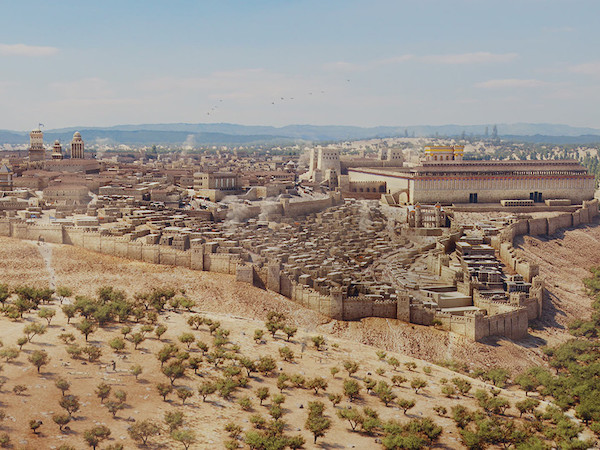
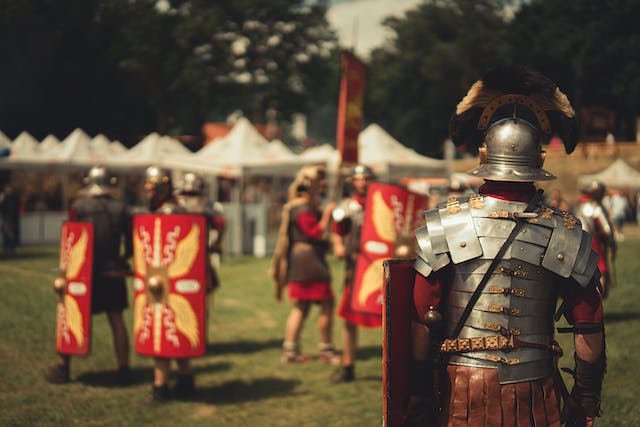
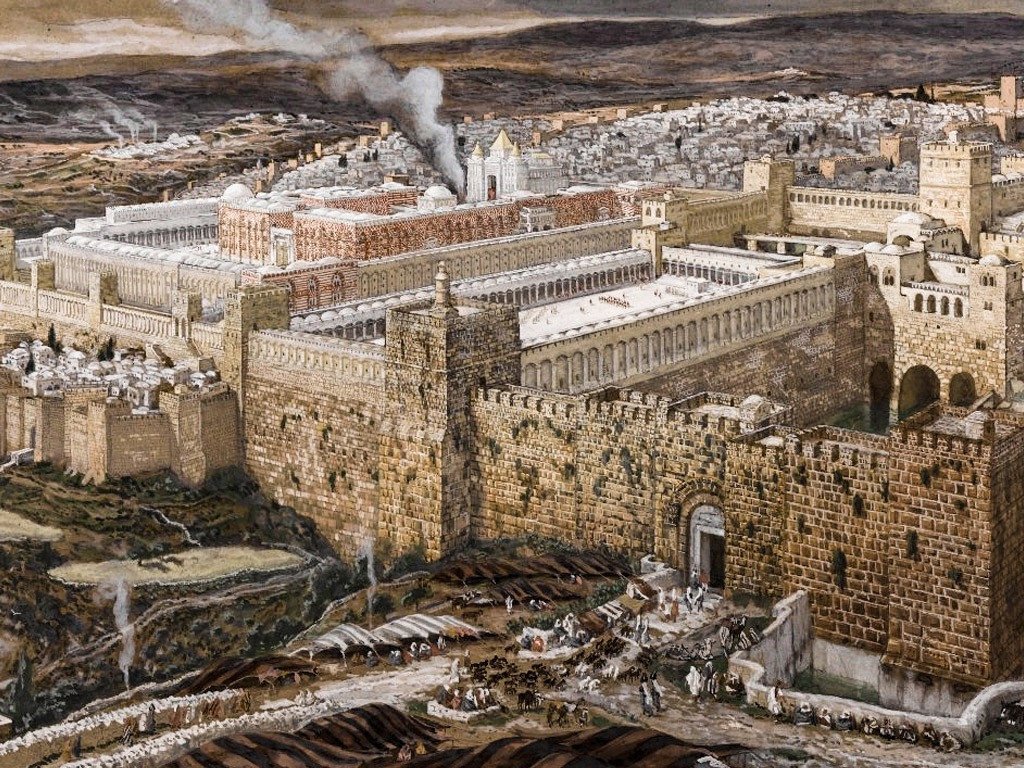
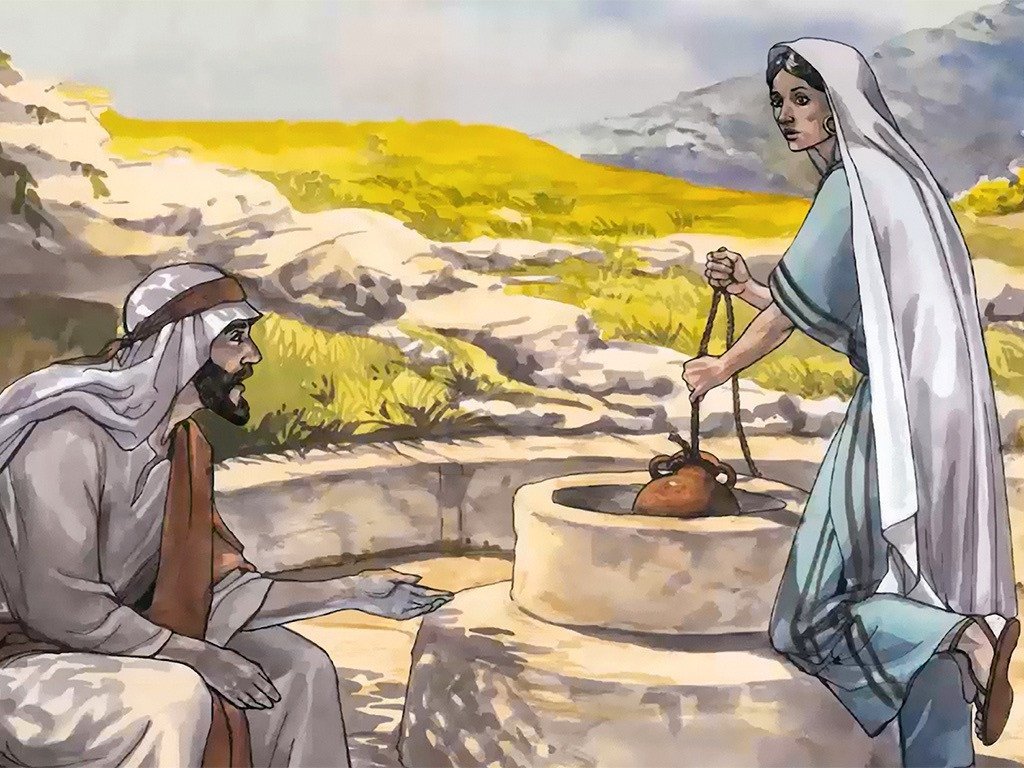

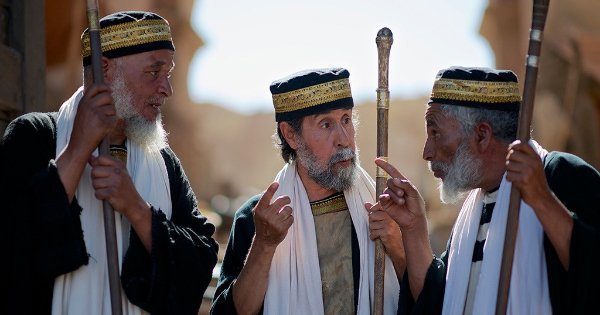
Hi how are you doing
I want now the detial of about Biblical history and Iseraelist people
Hi Takele. You might like my new book ‘The Big Story of the Bible’ which has more about the Israelites and takes you through the whole Bible. Check it out in our store. Have a great day! 🙂